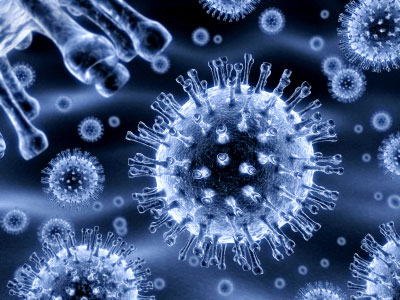|
from NaturalSociety Website
There is a bit of controversy revolving around nanoparticles, which involve the manipulation of elements as well as other matter on an atomic and molecular scale.
Found in,
...nanoparticles are increasingly being found in more products every year.
Many people assume nanoparticles are safe, but they have actually been shown to pose a threat to your health.
Nanoparticles Shown to be Dangerous - Block Nutrient Absorption
According to the Project on Emerging Nanotechnologies (PEN), over 1,300 manufacturer nanotechnology-enabled products are in the global commercial marketplace.
Nanoparticles can be found in,
PEN Director David Rejeski states:
Nanotechnology is much like organism-based biotechnology, where even supporters of the technologies know there needs to be more long term testing to determine safety.
Genetically modified foods have already been shown to cause numerous health and environmental complications, but they continue to be pushed.
Similarly, nanotechnology is believed by some to be the ‘next industrial revolution’, but like genetically modified foods, it has never been proven totally safe for use or consumption.
A recent study published in the journal Nature titled “Oral Exposure to Polystyrene Nanoparticles Affects Iron Absorption” examined chickens fed a diet which included polystyrene nanoparticles. Researchers found that intestinal changes affecting iron absorption occurred due to the polystyrene nanoparticles.
They also expect to see an alteration in absorption of,
Another study conducted in 2004 found that nanoparticles cause brain damage in fish and other aquatic species.
In addition, Oxford University and Montreal University in 1997 linked titanium dioxide and zinc oxide nanoparticles in sunscreen to free radical and DNA damage. But still, even in 2011, the U.S. Food and Drug Administration declined to put any warning labels on sunscreens that contain nanomaterials.
Scientists worry about the place nanoparticles have in our society.
These particles have fundamentally different physical, biological, and chemical properties than their larger counterparts, and continue to be shown as a danger to human health.
|

